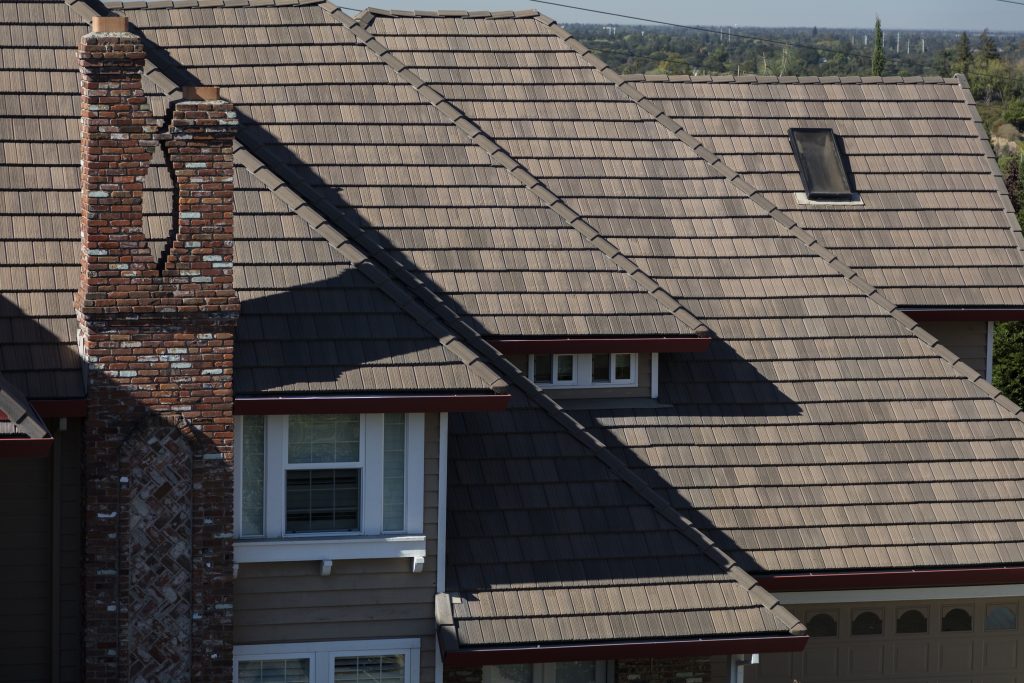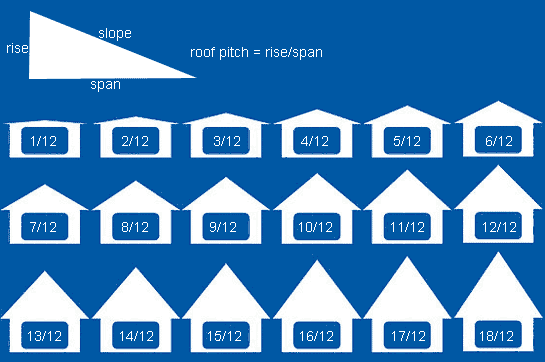


We’d be remiss if we didn’t include our good old-fashioned level in this list. With most camera-based pitch gauges, you’ll want to stand directly in front of the rake If you’ve been a blog subscriber for awhile, you may remember our suggestions from last year. User error is always a possibility though, make sure that you follow your app’s instructions on usage to insure your measurements are accurate. Many of these now use your device’s camera to gauge the pitch, and can be very accurate. One of the quickest and easiest ways to determine pitch now is through one of the many apps available in the Google Play and iOS App stores. That being said, when you introduce new technology to your workflow, it’s important to test it thoroughly to be sure you know the best practices and don’t introduce inaccuracies.
#Unwalkable roof pitch how to#
This week we want to highlight how to do that quickly and easily.Ī quick caveat, we here at RoofSnap love using technology to make our lives and your job easier and more efficient. If you’re a RoofSnap subscriber, or have ever ordered a SketchOS report from us, you’ll know that while we offer different tools for determining pitch from aerial imagery, we always suggest confirming pitch on site during your inspection. Try to resist the urge to call OSHA.ĭetermining the pitch prior to creating the project estimate is absolutely pivotal. The roof you see to the right is a 15/12, as you can see from the pitch finding app the roofer uses in the middle of the video.

The roof’s pitch is the angle of the roof, usually presented as the inches of vertical “rise” over 12 inches of horizontal “run.” Generally anything above a 7/12 is considered a non-walkable roof and requires some extra equipment and usually some extra cost to the customer. Now’s a good time to talk about how pitch is usually represented. When pitch is miscalculated, it can cost you in supply overages, shortages, and even your labor rates! When your crews are actually on the roof, the pitch can be the difference between a quick and easy tear-off and a scaffolding and steep-charges nightmare.įor the vast majority of residential roofs, the pitch won’t exceed 9/12, usually falling somewhere between there and 4/12. It’s a huge factor in all of your linear measurements, eyeball it at your own peril. The pitch of a roof is one of the most important considerations in your project.


 0 kommentar(er)
0 kommentar(er)
